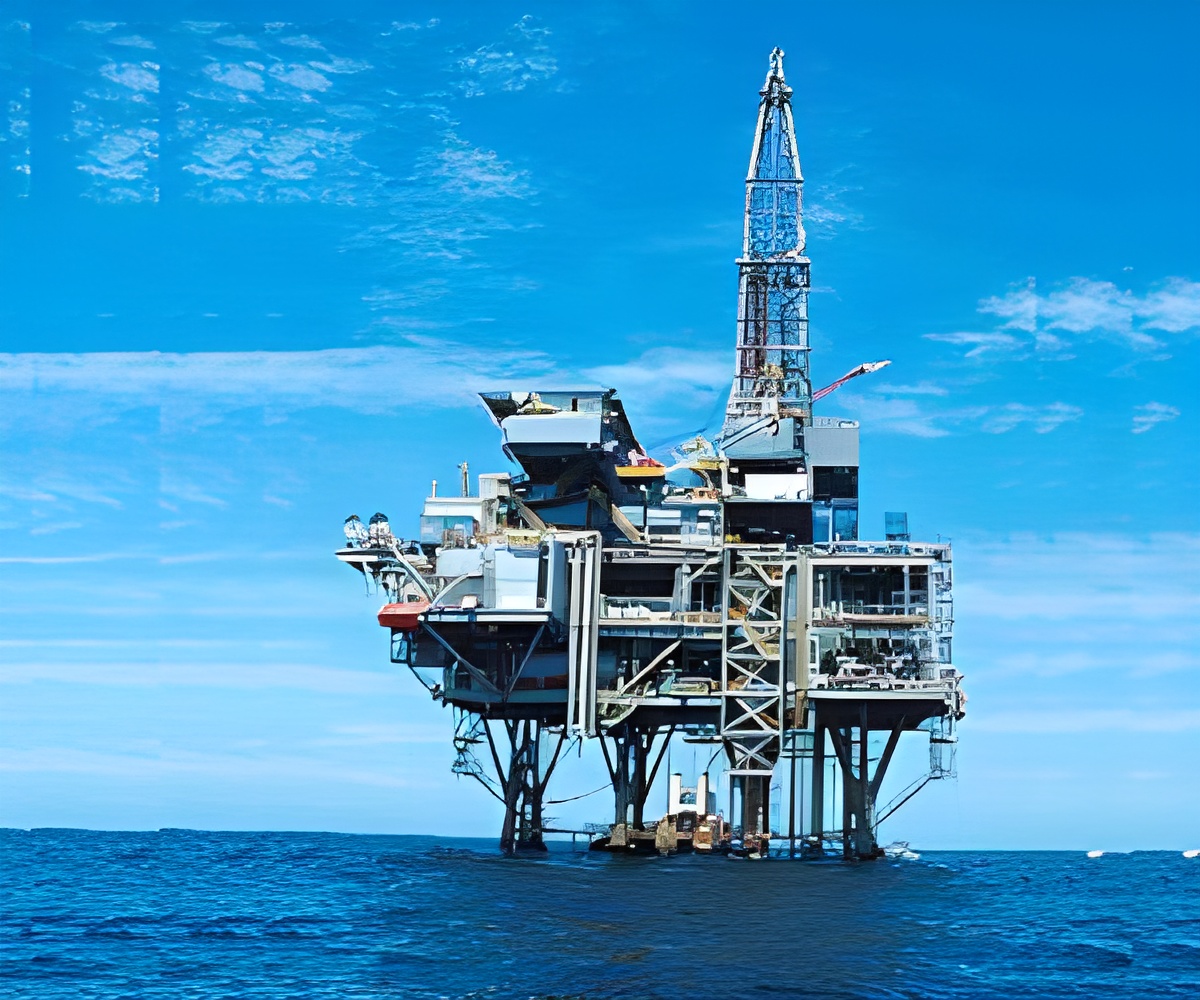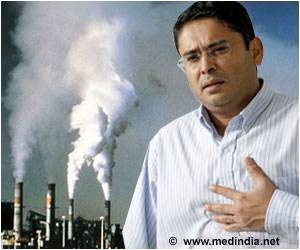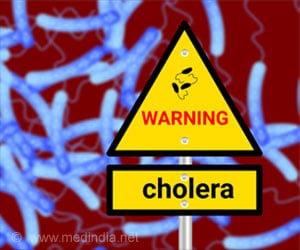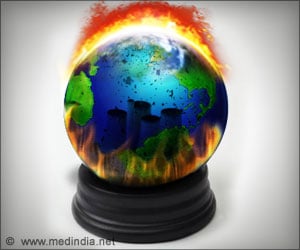
‘Offshore oil spills or leaks may occur during various stages of well drilling or workover and repair operations, contaminating drinking water.
’
Tweet it Now
Most documented cases of groundwater contamination were caused by poorly constructed wells, he said, pointing to a widely publicized case in Parker County, Texas. "At that site, the company cemented very near the surface and deep underground, but they put no cement for 4,000 feet in between," he explained. "The gap allowed gases to move up and down freely like a chimney and contaminate the drinking-water supply." Besides structural issues, Jackson and his colleagues have identified problems associated with hydraulic fracturing, or fracking. This technology uses pressurized sand, water and chemicals to crack open rocks and release trapped reservoirs of oil and gas.
Fracking wells are often installed a mile or more below the surface, far from underground sources of drinking water. But in a recent study, Jackson found that at least 2,600 wells in U.S. have been fracked at depths shallower than 3,000 feet, some just hundreds of feet below the surface.
"We found a surprising number of places where companies are fracking directly into shallow freshwater aquifers," he said. "In no other industry would you be allowed to inject chemicals into a source of drinking-quality water."
Jackson cited a high-profile case in Pavillion, Wyo., where the U.S. Environmental Protection Agency (EPA) found that shallow fracking operations had released natural gas and other toxic compounds into freshwater aquifers.
Advertisement
In California, Jackson has identified hundreds of fracking wells drilled into aquifers located less than 2,000 feet below the surface. In the U.S., hydraulic fracturing is typically regulated by individual states.
Advertisement
The 2010 documentary, Gasland, sparked controversy with footage of a kitchen tap catching fire at a home located near a natural gas well. "That doesn't happen often, but we have seen it," Jackson said. "We've also documented people's water change from clean to contaminated over the course of a year."
Natural gas consists primarily of methane, a greenhouse gas that's more than 30 times more potent than carbon dioxide over a 100-year period. Concerns about global warming and the potential impacts if natural gas on drinking water have led several European countries to take a much more cautious approach to hydraulic fracturing, Jackson said.
"In Germany, France, and many other countries, officials are under pressure to invest in solar, wind and other renewables instead of a technology that produces greenhouse gases," he said.
Source-Eurekalert












